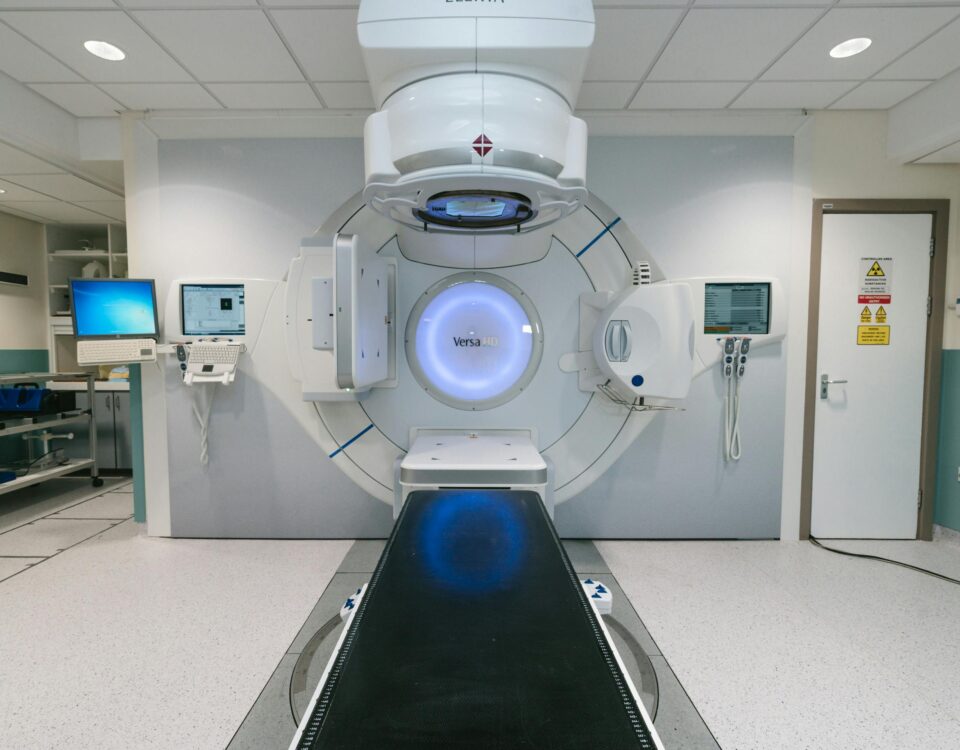
The Role of a Primary Care Doctor in Preventive Health Strategies
October 2, 2025
When Is Orthopedic Surgery Necessary For Back Injuries?
October 2, 2025When managing persistent pain, individuals and their doctors explore various treatment avenues. One procedure used in pain management is radio frequency ablation. Individual experiences with any medical procedure can vary, and outcomes are never guaranteed.
What Is Radio Frequency Ablation?
Radio frequency ablation (RFA) is a procedure that uses heat to target specific nerve tissue. By applying this controlled heat, the procedure aims to interrupt pain signals sent from that area to the brain. A specialized needle is guided to the precise location to deliver the energy. This technique is applied in several areas of medicine. In pain management, it is often used for chronic pain conditions related to the spine, such as the back and neck. The goal is to reduce pain by preventing specific nerves from transmitting sensation.
What Does It Entail?
Before undergoing this type of treatment, a patient typically undergoes a thorough evaluation with a specialist. This assessment helps determine if the procedure is a suitable option for their specific condition. The evaluation may include diagnostic nerve blocks to identify the exact source of the pain.
During the procedure, imaging technology such as fluoroscopy is used to guide the probe to the correct nerve. This guidance allows the clinician to place the needle with precision. Patients usually receive a local anesthetic to numb the skin and deeper tissues at the treatment site.
The procedure’s duration can vary, often lasting between 45 minutes and an hour. Following the ablation, patients are typically monitored for a short period before being discharged. This observation period allows the medical team to watch for any immediate reactions before the patient returns home.
What Are the Effects Afterwards?
The outcomes of pain management treatments like this can vary from person to person. The duration of pain relief reported in medical literature shows significant variability. Some individuals report relief lasting over a year. Factors such as the underlying condition, the specific nerves treated, and individual patient anatomy can all influence the outcome. The nerves may regenerate over time, potentially leading to a recurrence of pain. When this occurs, the procedure may be repeated if it was initially successful.
After the procedure, it is common to experience some soreness at the treatment site. These feelings are usually temporary. Clinicians can provide specific post-procedure instructions, which might include recommendations for a gradual return to normal activities. Patients are advised to follow their doctor’s guidance closely and to report any unusual or concerning symptoms, such as severe pain, weakness, or signs of infection. Open communication with the medical team is a key part of the recovery process.
Consult a Pain Management Specialist
For anyone experiencing chronic pain, the most constructive step is to seek a comprehensive evaluation from a qualified medical professional. A pain management specialist can review your medical history, perform a detailed examination, and discuss whether radio frequency ablation or other treatments might be appropriate for your situation. This personalized consultation provides the opportunity to ask questions and receive treatment tailored to your specific health needs.





